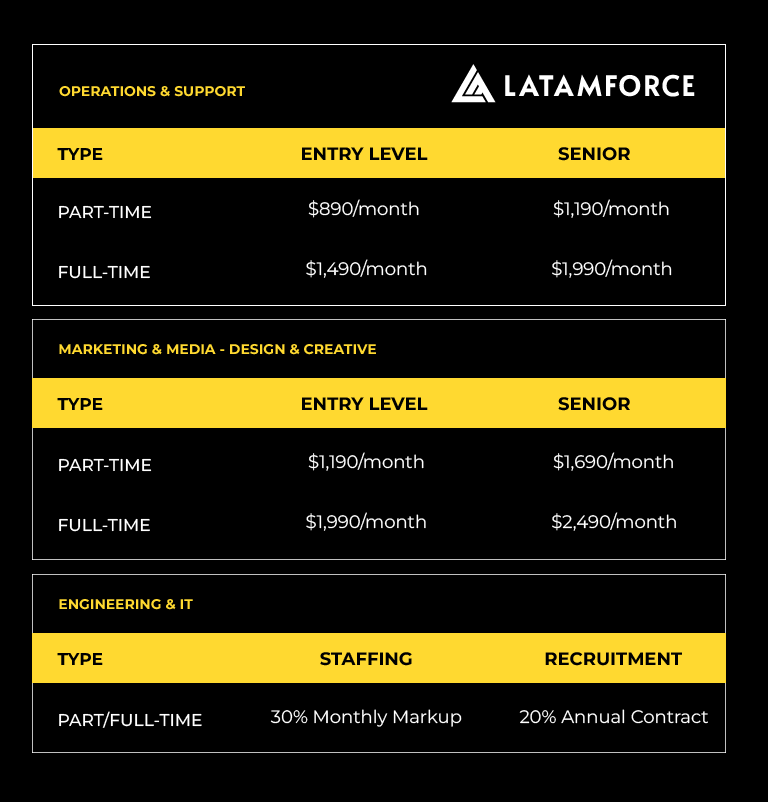From Nearshoring to Talentshoring: Rethinking Global Workforce Strategies
As businesses continue to expand globally, traditional outsourcing and nearshoring models are evolving into something more strategic: talentshoring. Rather than focusing solely on cost reduction and geographical proximity, companies are shifting toward a talent-first approach, ensuring they have access to the best professionals, regardless of location. Latin America has emerged as a key region for talentshoring, offering a rich pool of skilled professionals who align with U.S. business needs in terms of expertise, time zone compatibility, and cultural fit.
Talentshoring is about rethinking workforce strategies beyond simple labor arbitrage. It emphasizes quality, specialization, and long-term collaboration. The demand for highly skilled professionals in fields such as software development, AI, digital marketing, and data analytics has pushed companies to look beyond traditional hiring methods. LATAM has become an attractive destination because of its strong educational institutions, growing tech ecosystem, and a workforce that continuously adapts to new technological advancements.
Unlike traditional nearshoring, which primarily considers operational efficiency, talentshoring prioritizes workforce potential and strategic alignment with business goals. This means that companies are no longer just looking for cost-effective solutions but are actively seeking professionals who can drive innovation, optimize workflows, and contribute to a company’s long-term vision. Hiring in LATAM provides businesses with access to experts who bring a global perspective while maintaining strong regional expertise, enabling companies to scale efficiently without sacrificing quality.
Another key factor driving the talentshoring trend is the shift towards remote and hybrid work models. The pandemic accelerated this transformation, proving that top-tier talent can contribute effectively from anywhere in the world. Companies that previously relied on in-house teams are now embracing the distributed workforce model, recognizing that a diverse and global talent pool fosters creativity, problem-solving, and business agility. LATAM professionals have adapted seamlessly to these trends, making them valuable assets for businesses looking to integrate international teams without logistical complications.
Talentshoring also provides companies with greater flexibility in workforce management. By building teams across different markets, businesses can mitigate risks associated with talent shortages, economic fluctuations, and regulatory changes. LATAM, with its rapidly growing tech hubs in cities like Buenos Aires, São Paulo, and Bogotá, offers businesses a dynamic environment where skilled professionals are readily available. This enables companies to scale teams up or down based on project demands while maintaining continuity and stability in operations.
The evolution from nearshoring to talentshoring is not just a trend but a necessary shift in global workforce strategies. Businesses that embrace this approach will benefit from increased access to specialized talent, improved workforce adaptability, and enhanced innovation capabilities. Latin America is positioned as a key player in this transformation, providing companies with professionals who are not only highly skilled but also culturally aligned and strategically positioned to drive growth.
As companies continue to compete for top talent, those that prioritize talentshoring will gain a significant advantage, ensuring they build teams that are not just cost-effective, but high-performing, innovative, and future-ready.
If your business is looking to tap into top-tier talent in LATAM, schedule a call with us today to explore how we can help you build a world-class team.





